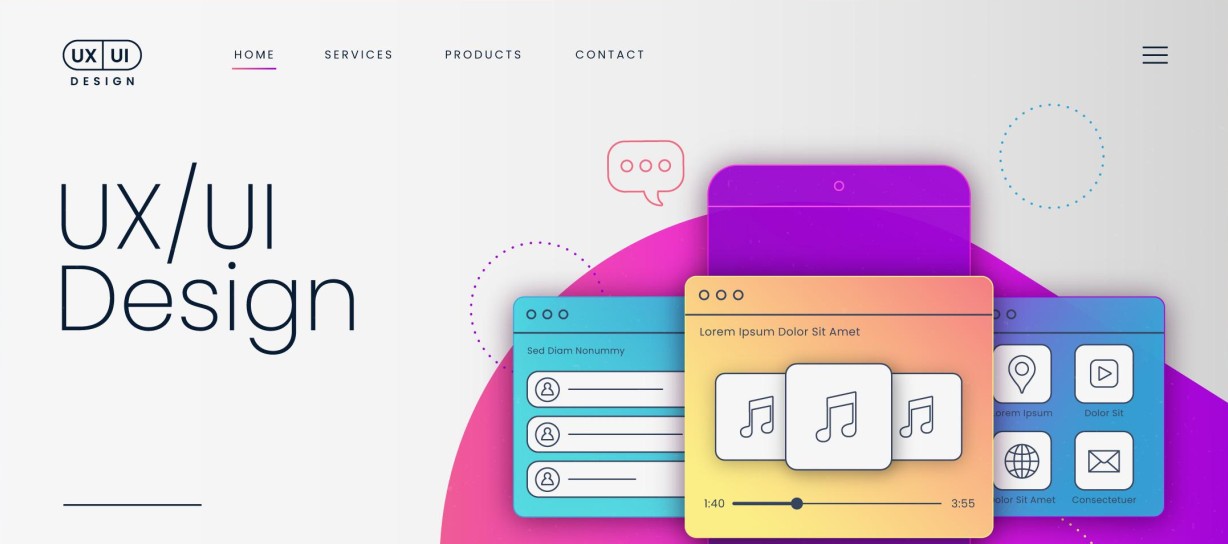How to create a website design

How to create a website design: a step-by-step guide
How to create a website design? Website design is a complex and exciting process that requires a creative approach, understanding of user needs, and knowledge of modern technologies. In this article, we will consider the main stages of creating a website design that will help you achieve a professional result.
Step 1. Defining goals and objectives
The first stage of creating a website design is a clear understanding of its purpose. Determine:
Target audience. Who will your visitors be?
The main goal of the site. For example, selling products, attracting customers, or informing.
Key functions. What sections and elements will be needed (blog, store, contact form)?
Step 2. Research and inspiration
Gather information about competitors and best practices in your industry. Study:
Successful competitor sites.
Current web design trends (minimalism, animation, dark theme, etc.).
Use resources for inspiration, such as Dribbble, Behance, or Awwwards.
Step 3. Planning the Site Structure (Wireframe)
A wireframe is a schematic layout of the site that helps determine the location of elements. Tools for creating a wireframe:
Figma
Adobe XD
Sketch
Recommendations:
Make the structure simple and intuitive.
Consider the logic of transitions between pages.
Step 4. Choosing a color palette and fonts
Colors and fonts have a great impact on the perception of the site.
Colors. Choose 2-3 main colors that match your brand.
Fonts. Use readable and modern fonts (for example, Google Fonts).
Contrast. Provide sufficient contrast for the text for comfortable reading.
Step 5. Creating a visual design
At this stage, a full-fledged site layout is created. You can use the following tools:
Figma
Adobe Photoshop
Canva (for beginners)
Basic principles:
Adhere to the unity of style.
Use simple and clear elements.
Optimize images for fast loading.
Step 6. Responsive design
Make sure your site looks good on different devices (PC, tablets, smartphones). Use CSS Flexbox or Grid to ensure responsiveness.
Step 7. Prototyping and testing
Create an interactive prototype to test usability. Test:
Navigation.
Text readability.
Feedback form usability.
Testing tools:
InVision
UserTesting
Hotjar
Step 8. Implementation and support
After approving the design, hand it over to developers or implement it yourself using HTML/CSS. After launch:
Update content regularly.
Monitor analytics (e.g., using Google Analytics).
Fix any errors that may appear.
Creating a website design is a process that requires attention to detail and constant improvement. By following these steps, you will be able to create a website that is user-friendly, aesthetically pleasing, and effective for your goals.









